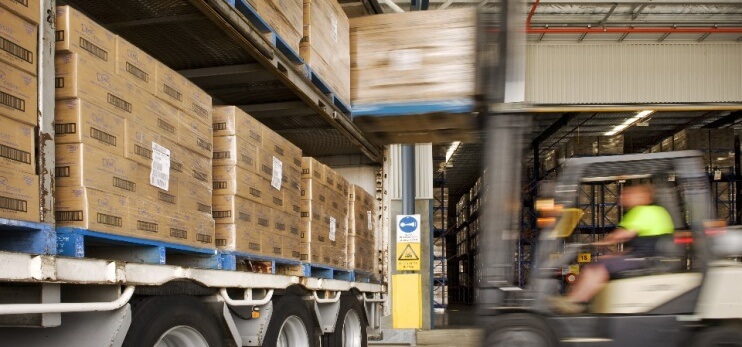Recent reports have highlighted the potential for a significant strike in the US, specially East and Gulf Coast ports, raising concerns across multiple industries. This potential labor action could disrupt global supply chains and have widespread economic impacts. In this article, we delve into the current situation, provide insights from reliable sources, and discuss how businesses can prepare for potential disruptions.
1. POLITICO: Understanding the Tensions Between ILA and USMX
POLITICO has shed light on the escalating tensions between the International Longshoremen’s Association (ILA) and the U.S. Maritime Alliance (USMX). The dispute centers around key issues such as labor conditions and contract negotiations. A potential strike could severely disrupt port operations, leading to significant delays in cargo transportation and impacting various sectors that rely on timely shipments. The Biden administration has urged both parties to continue negotiations without government intervention, emphasizing the need for a resolution to avoid widespread economic fallout.
2. Retail Industry Leaders Association (RILA): Broader Economic and Supply Chain Impacts
According to the Retail Industry Leaders Association (RILA), the potential strike in the US could have extensive economic repercussions, particularly for the retail, manufacturing, and agricultural sectors. RILA highlights that these industries could face substantial disruptions in their supply chains, leading to inventory shortages, increased costs, and revenue losses. The ripple effects of such disruptions could affect everything from the availability of consumer goods to the timely delivery of raw materials needed for manufacturing processes.
3. More Than Shipping: Specific Economic Risks and Industry Impacts
More Than Shipping provides a detailed analysis of the specific economic risks associated with the potential strike in the US. Key concerns include supply chain interruptions, wage disputes, and the broader impact on industries such as automotive and consumer goods. For instance, automotive manufacturers could experience delays in receiving critical components, while consumer goods companies may face higher costs due to disrupted shipping schedules. These challenges could lead to increased prices for consumers and decreased productivity for businesses.
4. ILA Union Official Site: Confirming the Likelihood and Key Grievances
The official site of the ILA Union has confirmed the likelihood of a strike, outlining the union’s grievances related to wages and automation. The site details the ongoing contract negotiations and the union’s demands for improved labor conditions and compensation. The confirmation of a potential strike in the US underscores the seriousness of the situation and the need for businesses to stay informed about developments in order to mitigate potential impacts.
5. Preparing for Potential Disruptions: Strategies for Businesses
In light of the potential strike, businesses should take proactive steps to prepare for possible disruptions. This includes reviewing and adjusting supply chain strategies, increasing inventory levels where feasible, and exploring alternative sourcing options. Companies should also stay in close communication with their logistics partners and regularly monitor updates from reliable sources to make informed decisions.
Conclusion
The potential strike at U.S. East and Gulf Coast ports represents a significant concern for industries dependent on these key transportation hubs. Understanding the current situation and its potential implications is crucial for businesses aiming to navigate these challenges effectively. By staying informed and implementing strategic measures, companies can better manage the risks and minimize the impact of any disruptions that may arise.





![Warehouse Inventory Management System [Guide]](https://modula.us/wp-content/uploads/2021/12/warehouse-inventory-management-hero-image.jpg)



